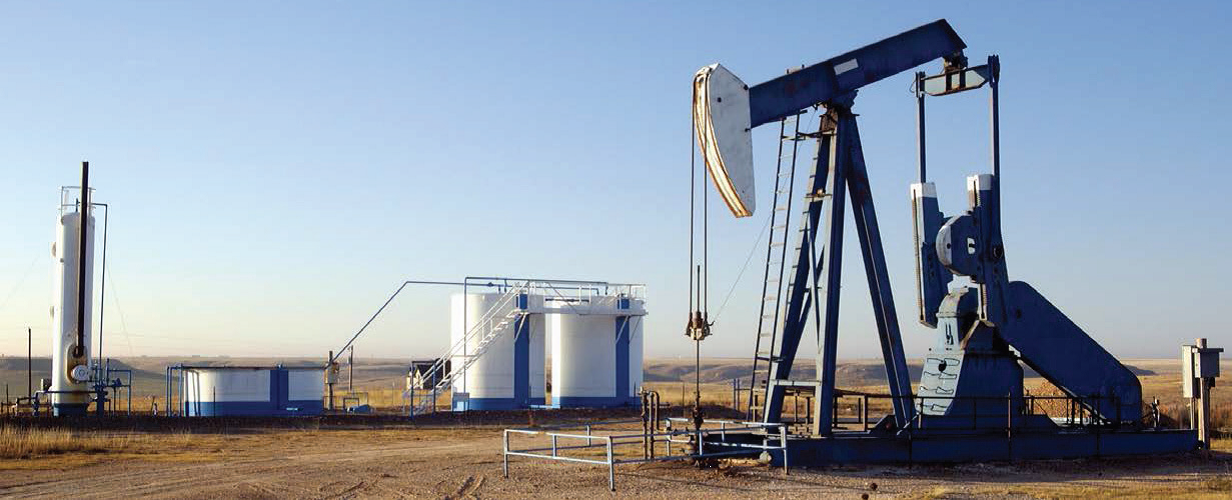Since Russia’s invasion of Ukraine, the price of uranium, the energy fuel used to power nuclear generators for electricity production, has risen significantly.
Nuclear energy is not only cleaner than coal and natural gas, but it is also less expensive. The consequences of this can be seen in Australia, a country with no nuclear power and where electricity prices have risen by up to 150 percent in the last year.
As uncertainty and green initiatives bring nuclear energy discussions to the forefront, other concerns have emerged regarding the need to ensure a safe, consistent, and uninterrupted supply of energy.
However, the uranium sector, like the oil and gas sectors, has close ties to Russia. In 2020, the country produced 2,846 MT of uranium, ranking seventh in the world.
While Russia’s annual uranium mining represents a small portion of the market, the country plays a significant role in nuclear fuel conversion and enrichment.
Conversion is an important upstream step in the fuel cycle that purifies material prior to enrichment. By 2020, Russia will have converted one-third of the world’s uranium.
Russia has 43 percent of the world’s enrichment capacity, which is one of the final steps in the nuclear fuel production cycle. International reliance on Russia’s role in the fuel cycle has been criticised in the past and is being emphasised once more.
According to the World Nuclear Association, global mined output will account for 74% of total demand in 2020. The supply-demand gap is expected to widen further as new nuclear reactors come online and secondary supply is depleted.

